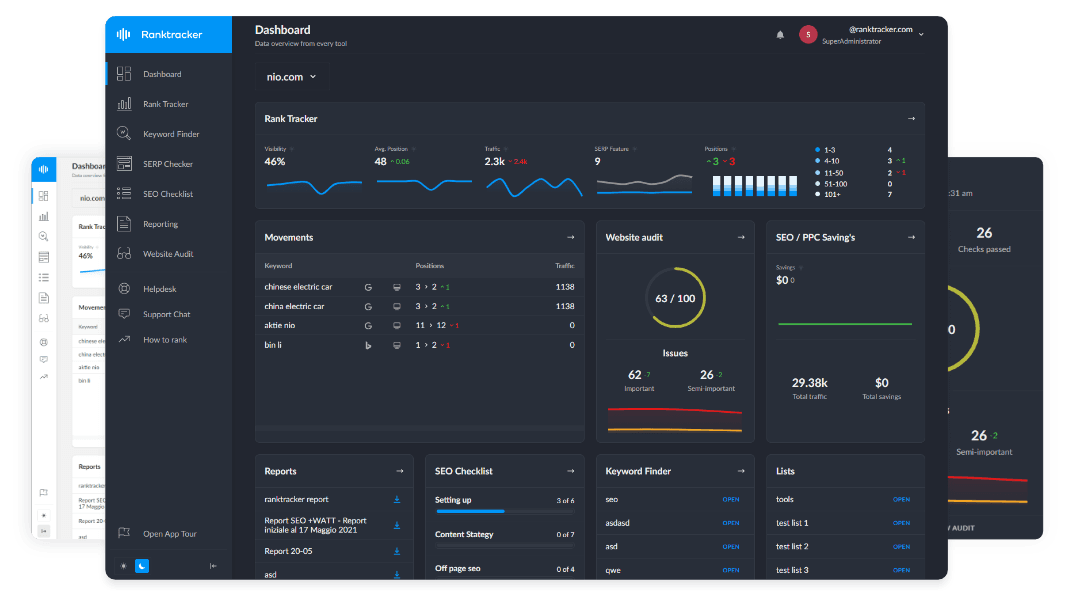Intro
Managing IT infrastructure can feel overwhelming. Many businesses struggle with high costs, limited expertise, and constant updates. It’s easy to lose focus on what truly matters—growing your business. Outsourcing IT infrastructure management addresses many of these issues. Skilled teams take care of your systems, reduce risks, and eliminate unnecessary expenses. This guide shares practical tips to help you decide if outsourcing is the right choice for you. Keep reading to discover how it could change the way you run your business!
Cost Savings through IT Infrastructure Outsourcing
Outsourcing IT infrastructure significantly reduces technology investment costs. Businesses avoid sub-stantial hardware purchases and software fees, cutting capital expenditures right away. Managed IT services provide consistent monthly expenses, simplifying financial planning.
Training internal teams or paying overtime for emergencies quickly depletes budgets. Outsourcing removes these hidden costs while reducing operational expenses. Lower overhead allows companies to allocate funds toward growth opportunities. Access to specialized expertise enhances value without overspending—more on that next.
Access to Specialized IT Expertise
Expert IT services bring experienced engineers proficient in the latest technologies to your business. These professionals stay informed on advancements in areas like cybersecurity, networking, and data analysis without any need for ongoing training costs from your end. Explore Daystar’s expertise to see how specialized solutions can support growing companies with reliable support and up-to-date knowledge.
On-demand IT support provides access to global talent pools enriched with diverse perspectives. Pay only for what you need, avoiding permanent staff expenses while enjoying cost-effective solutions customized to specific tasks or challenges.
Enhanced Business Continuity and Disaster Recovery
Outsourcing IT infrastructure helps businesses avoid expensive IT downtime, averaging $5,600 per minute. Professional teams quickly address risks like system failures and data breaches with effective disaster recovery solutions. Fast implementation of recovery plans reduces employee frustration and productivity loss. Risk management professionals prioritize preventing issues before they arise, ensuring smoother operations during crises. Outsourcing nonessential tasks also allows internal staff to concentrate on their core skills while experts manage business continuity planning. This approach strengthens workflows and builds confidence during unexpected disruptions.
Strengthened Cybersecurity Measures
Access to advanced cybersecurity tools offers businesses an advantage against growing threats. Continuous monitoring operates 24/7, detecting risks like data breaches before they escalate. Regular updates reinforce defense strategies, keeping attackers at bay while complying with regulations such as HIPAA and GDPR. The CISA continuously shares alerts on emerging cyber dangers and recommended safeguards to stay ahead.
Regulatory compliance support helps avoid steep fines from overlooked policies. Automated systems prevent costly system failures or information leaks, enhancing everyday operations. “Proactive cybersecurity is no longer optional—it’s a necessity for scalability and brand trust,” says the CEO of Endurance IT. Businesses can rest easier knowing their data is shielded from breaches by preventive defense measures. Strong defenses today save millions tomorrow.
Scalability and Flexibility for Business Growth
Outsourcing IT services allows businesses to expand without significant initial costs. Companies can modify resources as needed to align with market conditions or seasonal demands. For instance, introducing a new product becomes simpler with prompt resource allocation and professional assistance. Growing internationally demands region-specific experts, which outsourced teams offer. Swift adjustments occur more efficiently compared to internal hiring and training. Recovery plans and software solutions are implemented effectively under external management, aiding business development with ease.
Focus on Core Business Functions
Free your team from repetitive IT management tasks. Allow them to focus on revenue-generating activities instead. Delegating time-consuming infrastructure work creates opportunities for innovation and creativity in core business operations. Internal teams can better prioritize long-term goals like sustainability or teamwork across departments. Quick adjustments become more manageable, giving businesses a stronger competitive advantage. Let specialists handle IT while your team drives profitability and growth strategies. Outsourcing creates opportunities for faster adoption of emerging technologies.
Accelerated Adoption of Emerging Technologies
Outsourcing IT infrastructure accelerates technology adoption. External experts streamline the process of incorporating advanced tools. This reduces time spent on research and testing.
Businesses can quickly adopt advancements without delays. Providers often operate in technology-focused regions or near centers of progress. They connect companies to the latest technologies while avoiding costly, soon-to-be outdated investments. This approach helps introduce new products and services to the market faster.
Improved Performance with Service Level Agreements (SLAs)
Service Level Agreements (SLAs) set clear standards for IT infrastructure support. These agreements outline specific standards like system uptime, response times, and issue resolution. Third-party providers adhere to these commitments. This dedication helps prevent expensive downtime, which costs $5,600 per minute on average, according to CloudSecureTech. Regular monitoring identifies problems early before they escalate into disasters.
By actively maintaining systems, SLAs improve risk management and disaster recovery efforts. Dependable service enhances both customer satisfaction and user experience. Smooth operations reflect well on your company’s market perception and build trust with stakeholders. Providers operating under SLAs focus heavily on continuous improvement frameworks to refine services over time. For example, better performance tracking ensures fewer disruptions during peak business hours while improving overall efficiency day by day in measurable ways.
Tips for Choosing the Right IT Outsourcing Partner
Choose a partner who aligns with your goals and keeps transparency at the forefront—read on to make an informed decision.
Evaluate their expertise and track record
Review their experience with IT consulting services, network security, and data analysis. Providers like Gamma Tech Services are notable for offering strategies designed specifically for business needs. Verify if their team includes skilled professionals trained in advancing technologies. Experienced engineers can manage IT services effectively while maintaining cost efficiency. Prioritize a partner with a proven history of creativity and growth opportunities supported by tangible outcomes.
Ensure clear communication and accountability
Clear communication avoids extra training costs and overtime for internal teams. Outsourcing partners should always provide updates on progress, issues, and resolutions. Transparent accountability keeps budgets predictable and ensures no hidden expenses creep in. Businesses that focus on open dialogue experience stronger stakeholder relationships. Regular system monitoring helps avoid downtime before it impacts customers. With consistent reporting, service providers build trust while improving user experience through dependable IT infrastructure. Detailed agreements outlining roles prevent confusion or blame-shifting during tough situations like outages or cyber threats.
Common Mistakes to Avoid When Outsourcing IT Infrastructure
Outsourcing IT infrastructure offers many benefits, but mistakes can cost time and money. Avoid these common pitfalls for smoother operations.
- Picking a vendor without checking their track record wastes resources. Research their history in IT support, network management, and vendor management before signing contracts.
- Ignoring service-level agreements leads to unmet expectations. Define clear SLAs to guarantee performance and uptime standards are met.
- Overlooking cybersecurity protocols leaves your business vulnerable. Confirm third-party vendors have strong IT security measures in place.
- Failing to assess expansion options creates future roadblocks. Choose partners who can handle cloud computing or adapt as you grow.
- Not prioritizing communication causes misunderstandings. Regular updates on IT operations help prevent delays.
- Rushing the transition disrupts infrastructure management. A phased approach ensures a stable handover of tasks.
- Skipping compatibility checks with existing systems leads to integration issues. Make sure tools align with your current frameworks.
- Underestimating total costs results in budget overruns later on. Account for hidden expenses like training or additional software needs upfront.
- Leaving disaster recovery plans unclear risks downtime during crises like server failures or cyber-attacks.
- Poor documentation weakens continuity if staff changes occur at your end or the provider’s side.
- Partnering with unverified providers invites legal troubles over data breaches or contractual violations.
Choose wisely to establish the next phase of growth smoothly!
Conclusion
Handing off IT infrastructure management can feel like lifting a weight off your shoulders. It saves money, strengthens security, and clears the path for growth. By trusting experts to handle tech tasks, businesses gain time to focus on what truly matters. Smart outsourcing leads to smoother systems and happier customers. Make informed choices, avoid pitfalls, and watch your business thrive!

